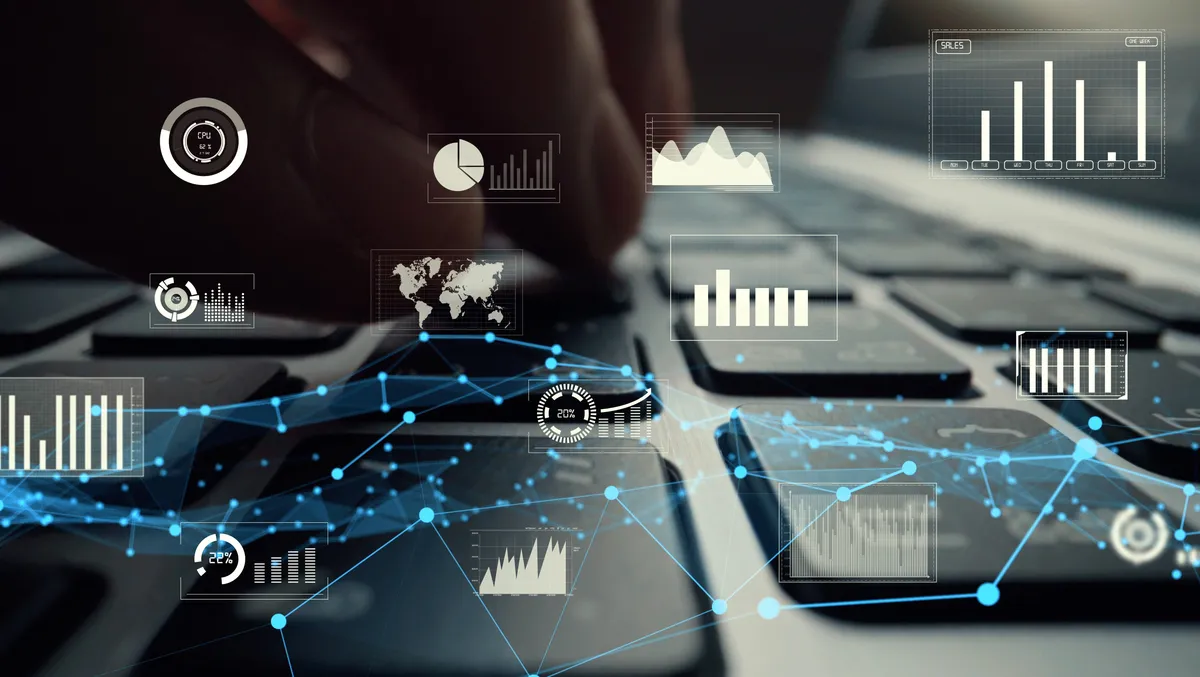SA Power Networks has used state-of-the-art technology to inform, manage and accelerate its response to the River Murray flood event. SA Power Networks partnered with infrastructure software platform Neara to assess network damage and risk through digital flood impact modelling.
It's the first time the electricity distributor has used LiDAR-related technology when responding to an extreme weather-related event. LiDAR is a technology that uses laser beams to measure distances and create 3D maps of the Earth's surface or objects. The data collected can then be used to create sophisticated modelling.
By utilising Neara's AI-powered modelling capabilities, SA Power Networks completed a report in fifteen minutes analysing 21,000 powerline spans within the 341GL/day flood area. This process would have taken many months to complete through manual business systems and resources.
Neara's 3D modelling allowed SA Power Networks to model impacts on electricity distribution network assets at various flood levels, predicting where and when powerlines may breach clearances or be inundated requiring electricity disconnection. As river levels have returned to normal, the modelling has been used to assist in planning reconnection of supply along the river.
SA Power Networks Strategic Initiative Manager, Paul Topping, says, "These digital insights allowed SA Power Networks to optimise our response and remediation efforts to restore power to impacted areas faster than using more traditional methods. This innovative approach, based on digital insights, allowed for the re-energisation of power lines within five days compared with the originally anticipated three-week time frame.
"The data also was an essential part of ensuring safety for the community and our people through the flood event. We are particularly proud of the fact that despite the very real risks associated with hundreds of kilometres of powerline and electricity infrastructure standing in floodwaters, we did not have one report of electric shock throughout the extended flood period."
Topping continues, "As the states main electricity provider, our role in this recent flooding disaster was to act quickly and efficiently to ensure residents remained safe and connected. We did this by adopting a unified approach to conduct network damage analysis, utilising Nearas data insights to change the way our flood response efforts were actioned.
"With Neara we refined the flood modelling process to conduct network damage analysis and reporting in the midst of what was a major environmental emergency. Visually simulating how our assets were behaving under flood conditions helped rapidly accelerate our re-energisation plan and stabilise the network to the benefit of thousands of residents."
Jack Curtis, Neara's Chief Commercial Officer says, "Our flood modelling work with SA Power Networks continues to validate our platform as the global innovator for network resiliency in the face of extreme weather events.
"We are proud of the impact that our technology has on both our network customers, but also the communities that rely on them for safe and reliable power delivery. We look forward to further supporting SA Power Networks efforts to keep communities connected."
SA Power Networks is an electricity distribution provider in Australia, particularly as it manages the State's rapid transition to a net-100% renewable energy system. It supplies South Australia's population of 1.7 million people across an area of 178,000 square kilometres. In the River Murray flood, 400 miles of powerline and some 4,000 Stobie poles were inundated by floodwater.
Neara enables global utilities to future-proof their critical infrastructure. It creates 3D network-wide models that reflect and simulate how utility assets behave in their real-world environment in any scenario, enabling utilities to prepare their networks for a broad spectrum of use cases from systematic risks to severe weather and a clean energy future, to keeping assets, teams, and communities safe.



